- Messages
- 1,508
- Name
- Peter
- Edit My Images
- Yes
Given an old Voigtlander BESSA 66 with 75 mm f3.5 un-coated 'Voigtar' lens i found a roll of outdated Agfa APX 400 in fridge. I rated it at Box Speed. I tried most shutter speeds and Focus Distances. The very first frame taken about 50 feet away at f4 was terrible -- unsharp everywhere -- not worth scanning. Most other negatives were 'Dense and Foggy Looking' Only about 2 on the roll looked 'Fog Free' . I now have a Lens Hood found in my Darkroom. I used the supplied Yellow Filter for a couple and gave X2 exposure but negs were DENSE -- I think the 1/300th setting is more like 1/160th ! I now have it loaded with test Fuji NPH 400 dated 2002 taken out of my Rolleicord Vb. I cannot get into the lens for a Deep Clean. I cannot get the rear lens retaining ring undone -- maybe the German who tightened it up thought he was working on a 'Panzer' ---
Horse Trough -- tiny Viewfinder is terrible to line up ! 1/100 @ f8
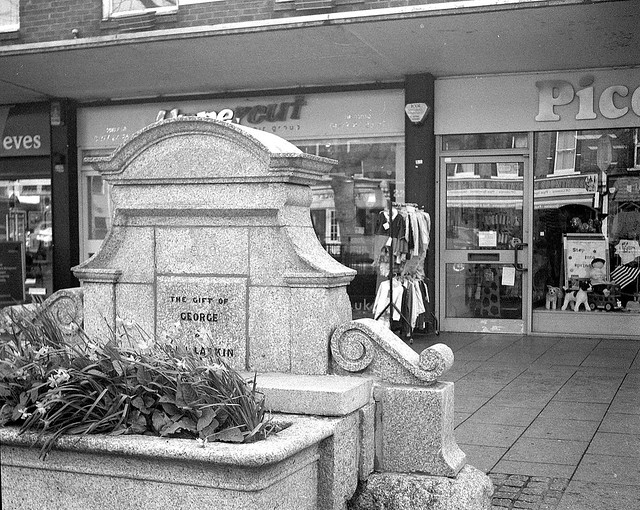 Bessa 66 01 by Peter Elgar, on Flickr
Bessa 66 01 by Peter Elgar, on Flickr
1/25th used at f16 but again Viewfinder probs --
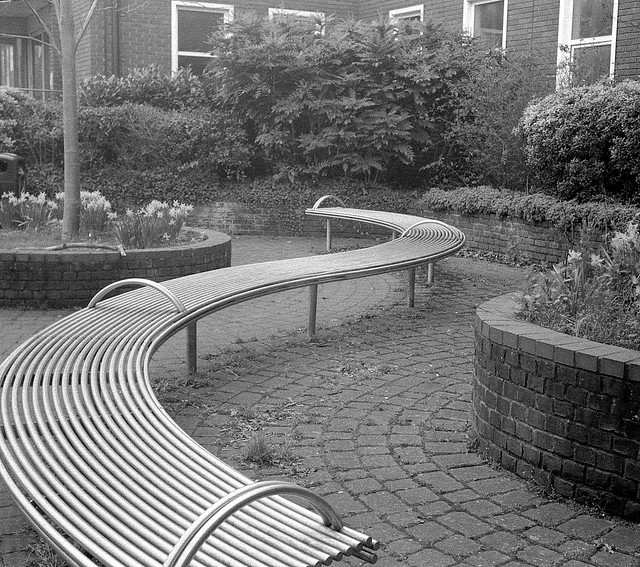 Bessa 66 02 by Peter Elgar, on Flickr
Bessa 66 02 by Peter Elgar, on Flickr
1/300th used + Yellow Filter but neg is very Dense and gives a poor Scan
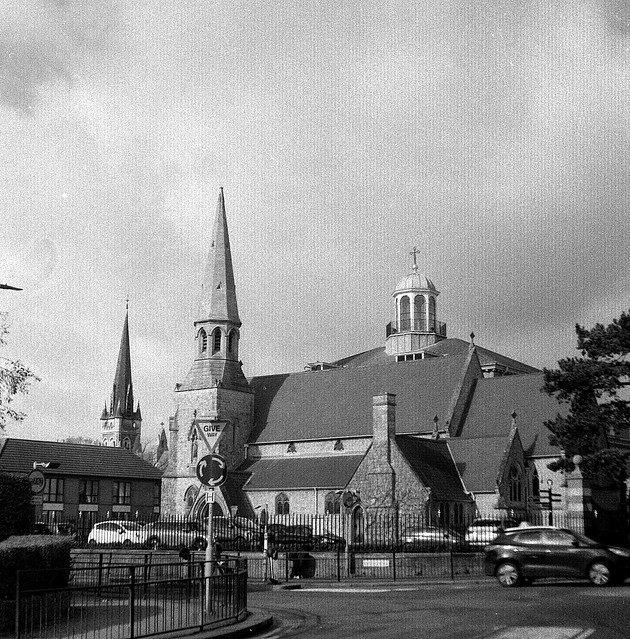 Bessa 66 03 by Peter Elgar, on Flickr
Bessa 66 03 by Peter Elgar, on Flickr
This is a 'Good Flare-Free Neg' -- 1/100th @ f8
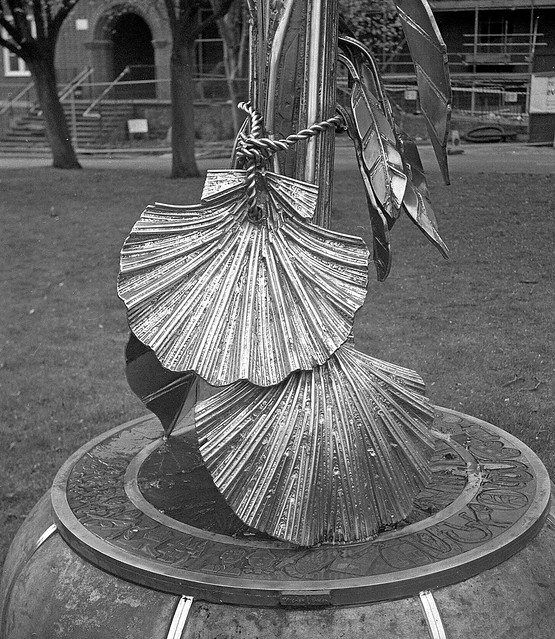 Bessa 66 04 by Peter Elgar, on Flickr
Bessa 66 04 by Peter Elgar, on Flickr
Sky causing Flare I think - Yellow Filter used but neg is 'Foggy'
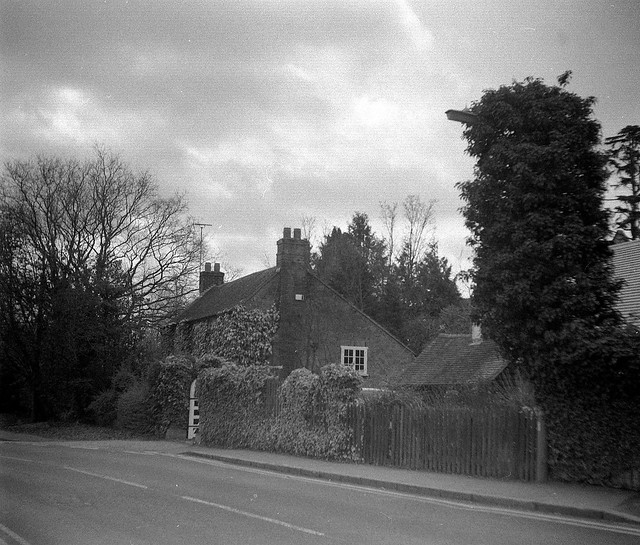 Bessa 66 05 by Peter Elgar, on Flickr
Bessa 66 05 by Peter Elgar, on Flickr
I used 1/100th @ f5.6 in poor light but neg is 'Flare-Free'
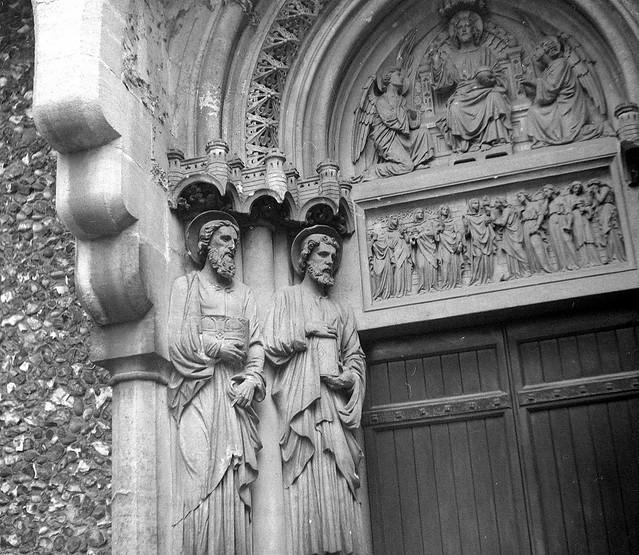 Bessa 66 07 by Peter Elgar, on Flickr
Bessa 66 07 by Peter Elgar, on Flickr
Minimum Focus 3.5 feet using 'Open Flash Technique' at f16
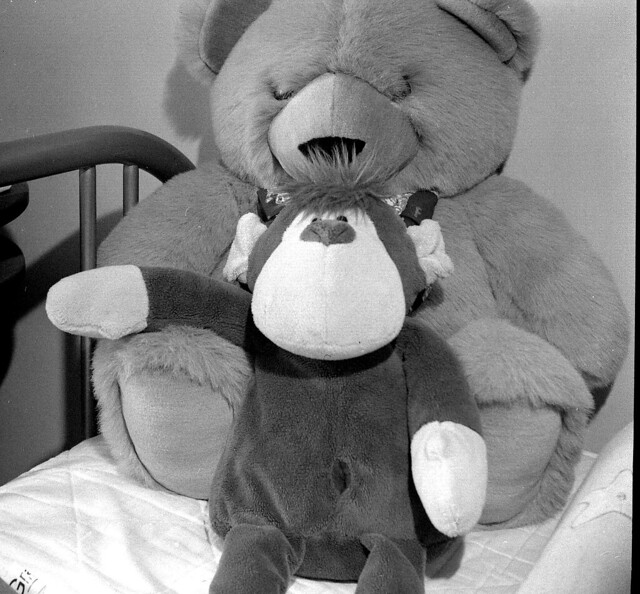 Bessa 66 08 by Peter Elgar, on Flickr
Bessa 66 08 by Peter Elgar, on Flickr
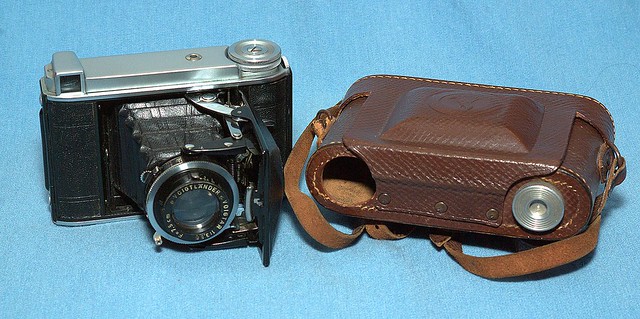 Voigtlander BESSA 66 01 by Peter Elgar, on Flickr
Voigtlander BESSA 66 01 by Peter Elgar, on Flickr
Horse Trough -- tiny Viewfinder is terrible to line up ! 1/100 @ f8
 Bessa 66 01 by Peter Elgar, on Flickr
Bessa 66 01 by Peter Elgar, on Flickr1/25th used at f16 but again Viewfinder probs --
 Bessa 66 02 by Peter Elgar, on Flickr
Bessa 66 02 by Peter Elgar, on Flickr1/300th used + Yellow Filter but neg is very Dense and gives a poor Scan
 Bessa 66 03 by Peter Elgar, on Flickr
Bessa 66 03 by Peter Elgar, on FlickrThis is a 'Good Flare-Free Neg' -- 1/100th @ f8
 Bessa 66 04 by Peter Elgar, on Flickr
Bessa 66 04 by Peter Elgar, on FlickrSky causing Flare I think - Yellow Filter used but neg is 'Foggy'
 Bessa 66 05 by Peter Elgar, on Flickr
Bessa 66 05 by Peter Elgar, on FlickrI used 1/100th @ f5.6 in poor light but neg is 'Flare-Free'
 Bessa 66 07 by Peter Elgar, on Flickr
Bessa 66 07 by Peter Elgar, on FlickrMinimum Focus 3.5 feet using 'Open Flash Technique' at f16
 Bessa 66 08 by Peter Elgar, on Flickr
Bessa 66 08 by Peter Elgar, on Flickr Voigtlander BESSA 66 01 by Peter Elgar, on Flickr
Voigtlander BESSA 66 01 by Peter Elgar, on Flickr
Last edited:


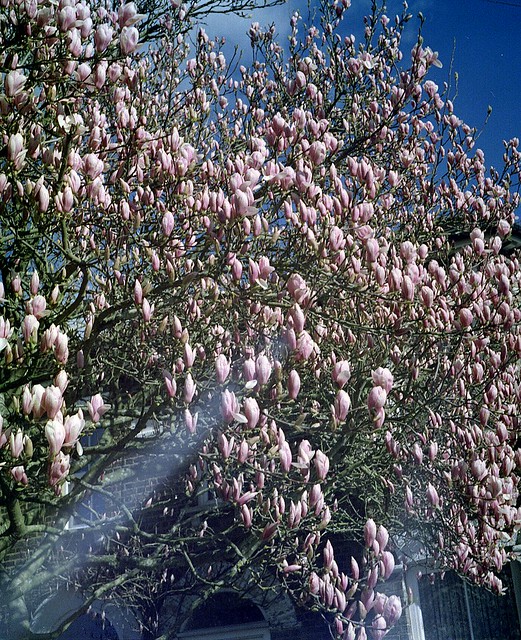 BESSA 66 Colour Tests
BESSA 66 Colour Tests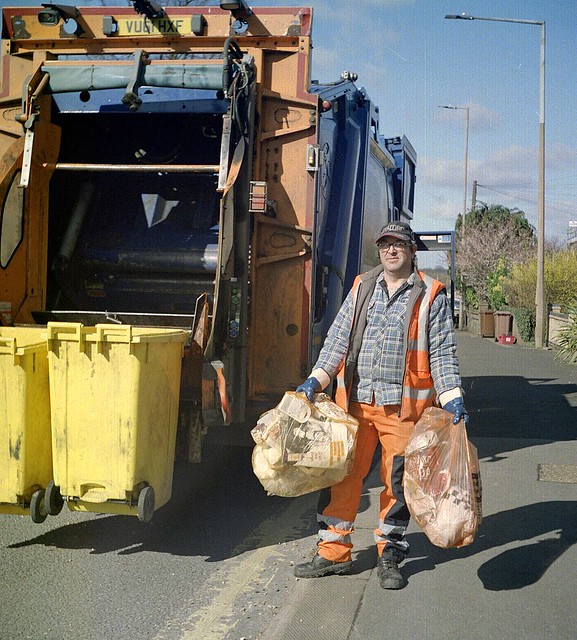 BESSA 66 Colour Tests
BESSA 66 Colour Tests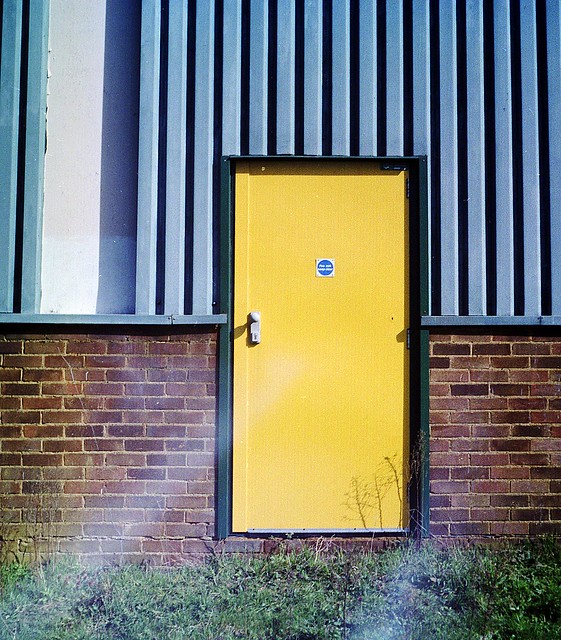 BESSA 66 Colour Tests
BESSA 66 Colour Tests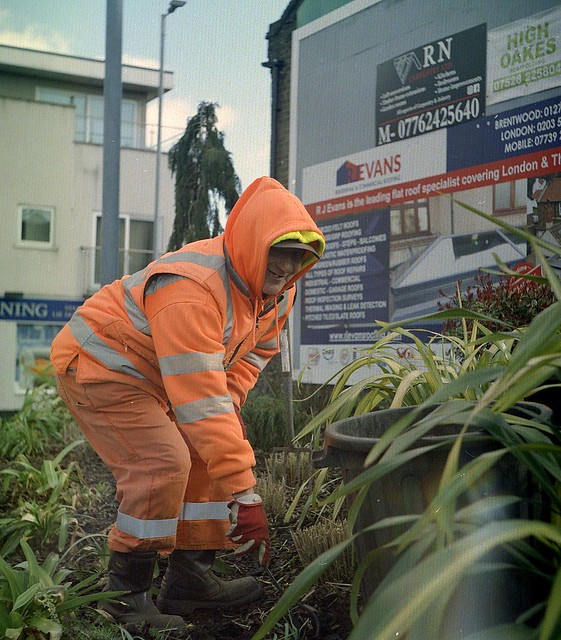 BESSA 66 Colour Tests
BESSA 66 Colour Tests